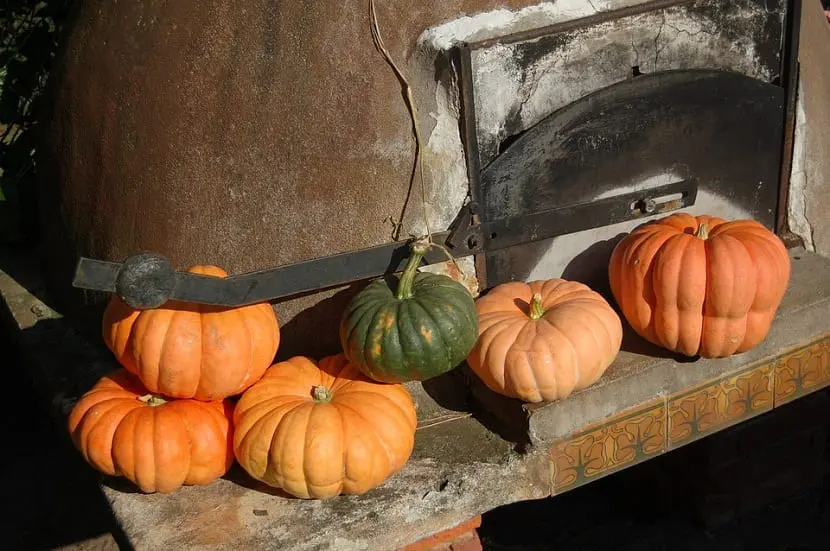The pumpkin (pumpkin or squash) is one of the many American vegetables that came to Europe to enrich Mediterranean food. It is native to Central America and its cultivation is widespread on American soil and also in warm and temperate areas of Europe, including Spain.
Its flavor is sweet smooth, it is rich in fiber and has high nutritional propertiesThat is why it is present in many dishes, stews to desserts. It is one of the vegetables with the highest amount of antioxidants, it is high in potassium, contains a lot of water, is rich in vitamins and low in sodium, so it can be consumed by hypertensive patients.

For every 100 grams of pumpkin there are 28 kilocalories, 1,4 grams of fiber, 5,6 grams of carbohydrates, 0,1 grams of fat and absolutely no cholesterol. The pumpkin is so beneficial that even its roasted seeds are useful, because they are rich in magnesium.
Table of Contents
- 1 Benefits
- 2 Cultivation and care
- 3 Pests
Benefits
- Pumpkin is easily digestible, suitable for people with digestive problems such as gastritis, even for babies who start eating their first baby food.
- Lowers blood cholesterol and provides iron to enrich it. Since it is low in sodium, pumpkin is very good for people with hypertension.
- Pumpkin is abundant in water, so it is a good diuretic for kidney health and regulates fluid retention.
- Pumpkin has anti-inflammatory effects and favors the production of insulin, making it suitable for diabetics due to its low levels of sugar and carbohydrates.
Cultivation and care
The pumpkin is a vegetable that does not grow in cold environments, so its sowing and cultivation must be done at the end of winter, in fact, the best time for sowing is late spring and its harvest is the following fall.
The pumpkin plant is creeping, similar to watermelons, which means that each plant should be between 1,5 and 3 meters apart from each other. The plant must receive a lot of sun, and if it is planted near a fence to grow on it, then the plant should be in a sunny area, away from walls or other large trees that obstruct the passage of solar rays.
The soil suitable for squash is a fertile soil without stagnant water, that is why it is recommended to first fertilize the soil before sowing. Regarding the environmental temperature, it is recommended that it be in environments between 18º C and 35º C.
Pumpkin seeds must be well washed and sun dried before sowing. If it is necessary to anticipate the sowing (in cold season) then it should be done in seedbeds made with jars with holes. The land must be made up of 60% land and 40% humus of worm and place three seeds for each seedbed, which should be covered with a centimeter of soil and water with plenty of water.
When transplanted to firm ground (at the end of spring) Two portions of worm humus should be added and any roots or stones that affect its growth must be removed, at a distance between 1,5 and 3 meters between them, as already mentioned.
It is important that the squash is not in direct contact with the ground to prevent it from rotting, then should be supported by a tarp, stone or wooden crate.
The pumpkin harvest occurs between the first three and five months of life after planting, depending on the variety of squash. It should be harvested leaving a good amount of stem to prolong its conservation. Harvested squash should be stored in cool, dry places.
Pests
The main enemies of the pumpkin are the snails, flies and aphids, then it is recommended to apply a mixture of water with crushed garlic cloves that have been prepared several days in advance.
The main disease of squash is powdery mildew, related to root and crown rot. It identifies with the appearance of a kind of white powder on the leaves. It is fought with a mixture of a glass of water and three tablespoons of baking soda.
It is important keep soil moisture under control and avoid that the pumpkin is in direct contact with the earth, in this way the appearance of diseases is avoided.
